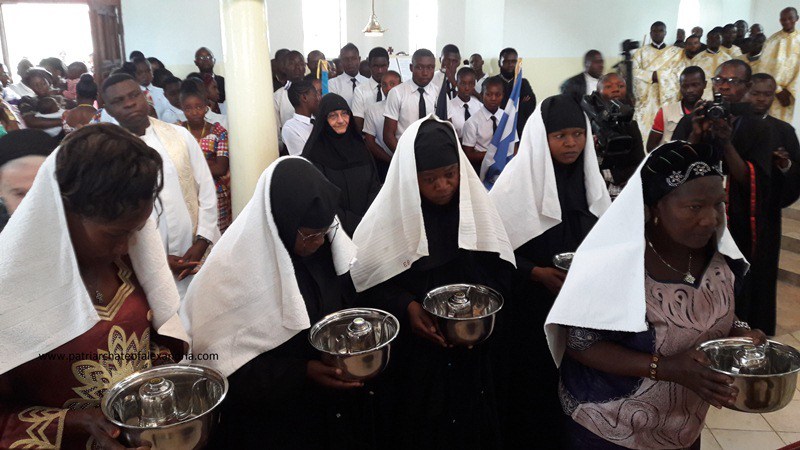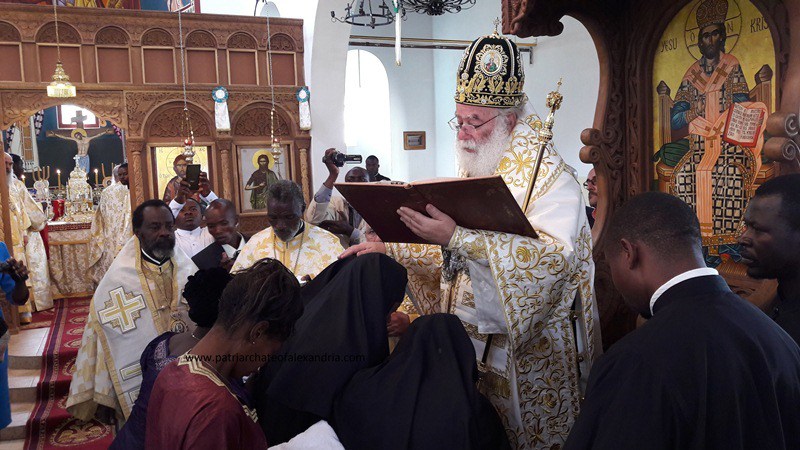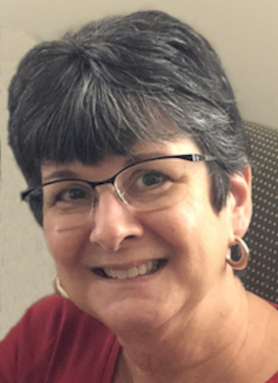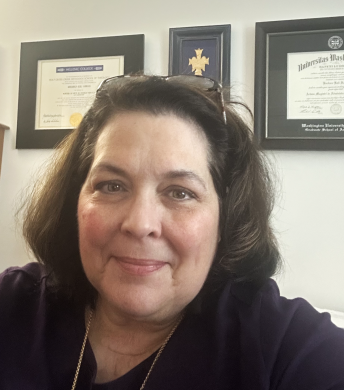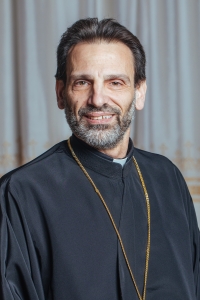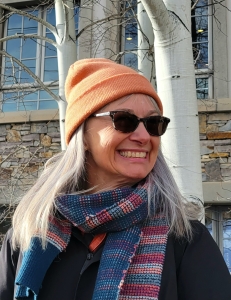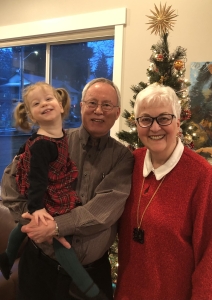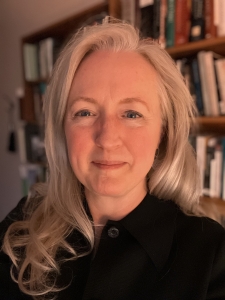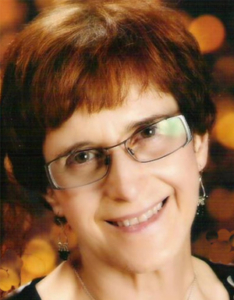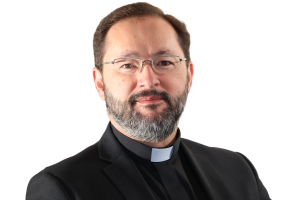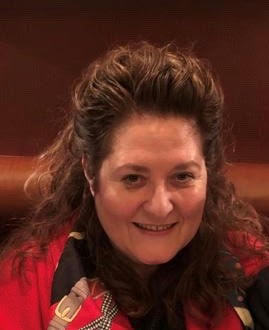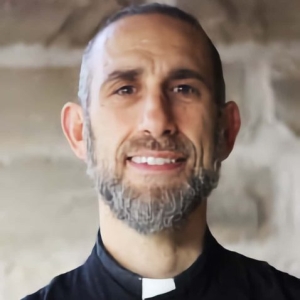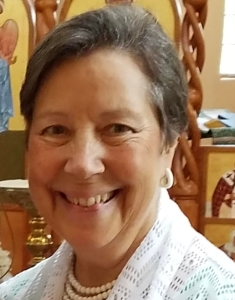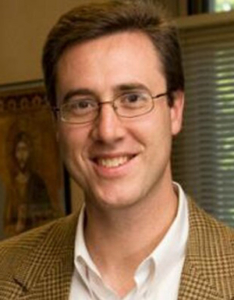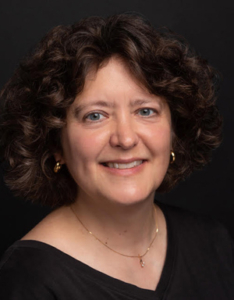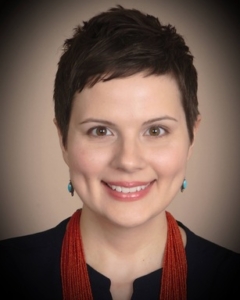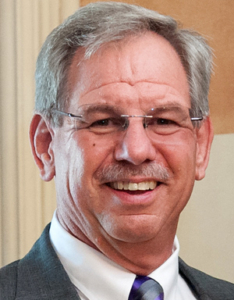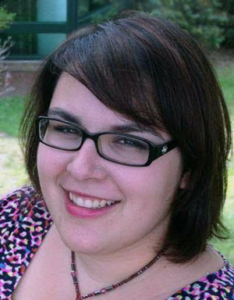Orthodoxy, African Deaconesses, and Missed Opportunities
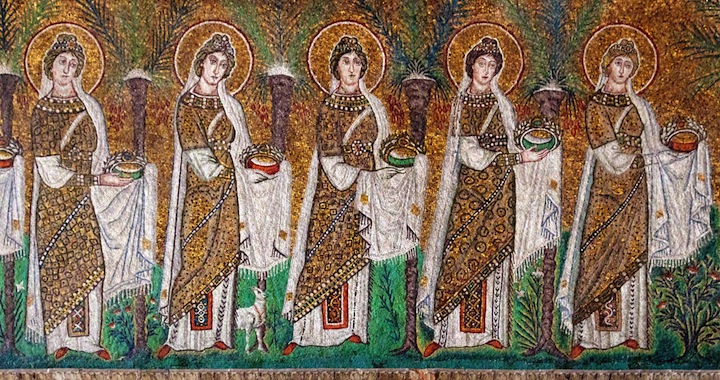 The headline from the official news agency of the Romanian Patriarchate read, “Patriarch Theodoros II of Alexandria performs first consecration of deaconesses.” There were mostly heartened and hopeful responses on my Facebook feed. I “liked” the page in the formal if shallow Facebook sense. As such news inevitably takes time to digest, those with keen eyes began to weigh in. “This is not an ordination but a consecration,” one scholar reminded us, noting critical differences between the words cheiriothesia (blessing) and and cheirotonia (ordination). Another pointed out that, given the photographic evidence, this rite was more akin to ordination of a subdeacon, a minor order. Was this then a minor occurrence? Some might wish that.
The headline from the official news agency of the Romanian Patriarchate read, “Patriarch Theodoros II of Alexandria performs first consecration of deaconesses.” There were mostly heartened and hopeful responses on my Facebook feed. I “liked” the page in the formal if shallow Facebook sense. As such news inevitably takes time to digest, those with keen eyes began to weigh in. “This is not an ordination but a consecration,” one scholar reminded us, noting critical differences between the words cheiriothesia (blessing) and and cheirotonia (ordination). Another pointed out that, given the photographic evidence, this rite was more akin to ordination of a subdeacon, a minor order. Was this then a minor occurrence? Some might wish that.
The whole thing took me back to days of the Soviet Union, when Western observers were forced to determine who was out of the capricious Soviet inner circle solely by looking at photos of waving Politburo members at the annual May Day parade. And this was amusing because we now live in the 21st century, and it’s not as though this liturgy was occurring in North Korea. I began to wonder, Wouldn’t it be amazing if there were some mechanism by which the various autocephalous Orthodox Churches could communicate with one another? Wouldn’t it be something if there was a global forum whereby Orthodox laypeople and clergy could assemble, discuss topical issues affecting the Church and world today, and propose solutions to problems great and minor? And this got me thinking about last summer’s fraught “Great and Holy Council,” with its absent patriarchs and rationalizations for sin that would get called out by any good father confessor. I was returned to a summer of so many missed opportunities—and for reckoning with hard truths about Orthodoxy today, as it really exists.
Patriarch Theodoros II and those he leads in Africa are obviously taking care of the felt needs of Orthodoxy in a landmass that could comfortably fit the United States, Eastern Europe, India, China, and Japan. Whether it was “consecration” or “ordination”—an important distinction, but still inside baseball to most—the point is that the decision reflects a verity about the Church in Africa: it is growing, just as it is for the Roman Catholic Church and the many Protestant churches, to say nothing of the rapid growth of Islam. Christianity is now well into a major demographic shift whose implications most have yet to fully comprehend. It is a fact now popularized in books by Philip Jenkins in The New Faces of Christianity (2006) and The Next Christendom (2011) that the geographical locus of Christianity has shifted to the world’s Southern and Eastern Hemispheres. Consider that in 1910 Christians in sub-Saharan Africa accounted for 10% of the total population; by 2010 that figure had risen to 63%. The Democratic Republic of Congo, location of the consecrations, has one of the top ten largest Christian populations in the world, with some 63.15 million believers. (Germany has 58.24 million Christians). While this shift may be lost on many non-Global Southerners and Easterners who spend much time hand-wringing over emptying and desiccated churches, it is apparently not lost on African Orthodox who have work to do and quite often lack the human and material resources to do it.
Frankly, some will never be convinced enough about the female diaconate to do anything about it here. It is curious that in the church that so prizes the normative weight of beliefs and practices of the early church, a time of active deaconesses, the burden of proof is placed on those seeking female diaconal restoration. Yet by our own historical reckoning, the burden of proof should fall on those arguing against the female diaconate and on those doing nothing to actively reinstate it. It is they who need to reasonably explain why deaconesses should no longer be part of Orthodox ecclesial life.
Throughout North American parishes male clergy are often forced to try to do almost everything by themselves. The married priest is liturgist, financial planner, spiritual father, biblical scholar, teacher, social worker, hospital chaplain, parish secretary, biological father, and husband. These men are understandably exhausted. Some leave the ministry altogether; I know them. Meanwhile, women are also doing the serious work of church—but they usually don’t get recognized for it. Why then do we not formalize their ministry, inspiring other women (and men) for a life of ecclesial service? Speaking about the women, Patriarch Theodoros explained, “We need them.” Do we not?
The female diaconate is not about mere or more recognition. It’s about meeting needs often left unaddressed because they go unmentioned, or because resources are tight, or because we are deaf to those voices refusing to shout. It’s about the normalization of lack and becoming so accustomed to the status quo that we fail to envision how enriched we would be by deaconesses in our midst. It is, as Carrie Frederick Frost argued in Public Orthodoxy, a failure of imagination. It is also a failure of leadership.
We are observing the Patriarch and African Synod do the needful. Admittedly, I am much more familiar with South Asia, but I can imagine these new deaconesses serving both women and men in various ways. See them traversing villages, seeking medical attention, visiting the sick, catechizing, remonstrating against abusive husbands, even (wait for it) praying out demons. They are doing diakonia—and one need not serve in the altar to do that. So why don’t we follow the lead of the African Church? What’s the hold up? All excuses now ring hollow. The refusal of the Church in North America to deal with the pressing needs of our parishes and society are calling the truth claims of our tradition into question. When the gap between the ideal and real widens to such an extent that the cognitive dissonance simply cannot be shaken, we are in real trouble. People become disillusioned. They leave without the fanfare of a podcast.
When I reflect upon the photo of those earnest women facing the iconostasis in expectation, I cannot help but think we are watching a Church embracing its mission. It is a Church more fully appreciating the contributions of more than half its members. It is the Church of the future and, as the numbers show, the present.
Meanwhile, here on this side of the world, one fears we are letting opportunities pass us by. Dubious notions of inevitable “progress” aside, there is certainly no guarantee Orthodoxy in North America will ever flourish. And we are way past the rhetoric of Orthodoxy being America’s best-kept secret. It’s not such a secret any more. Last summer, news of our Council spread far and wide. One Roman Catholic theologian told me he used to point to Orthodoxy as an alternative model of conciliar polity. “Now we’re not so sure,” he said soberly. In the age of the Internet, things are perhaps more public than we would want. There is then no place for triumphalism here, just the hardest thing to do in the world—to see things as they really are in our selves, communities, country, world, and Church. We cannot do it alone. Africa can show us the way. Ss. Tatiana, Olympias, and Foebe, pray for us.
Kerry San Chirico is Assistant Professor in the Department of Theology and Religious Studies at Villanova University.
This article originally appeared on Public Orthodoxy, a publication of the Orthodox Christian Studies Center of Fordham University.

